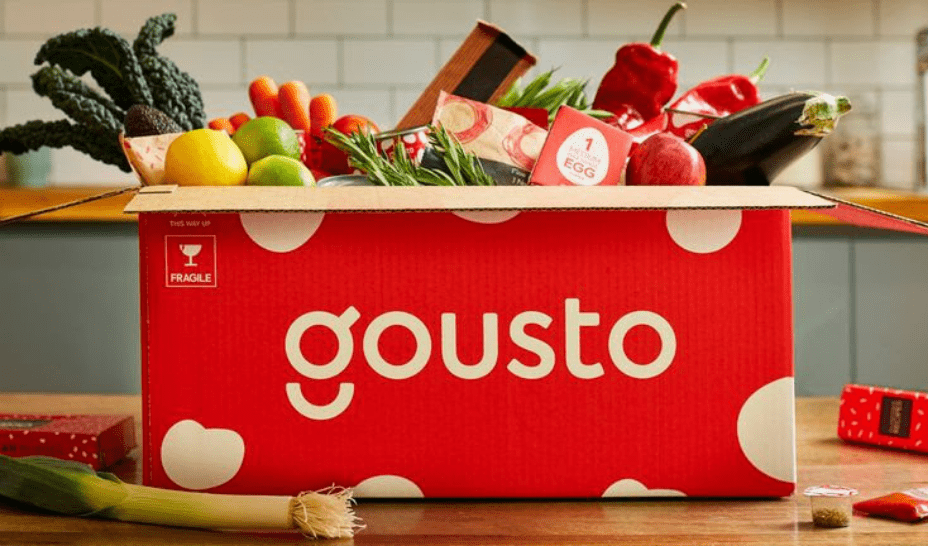DTC allows FMCG brands to feed their consumer’s obsession. Direct-to-consumer (DTC) routes to market have been a big feature of the pandemic, as consumers sought to stay away from shops. For food and drink brands there are many opportunities waiting to be taken.
Consumers can work from home using Zoom, get an Uber to their front door, order their dinner over Deliveroo, and buy anything else they need from Amazon. In other words, they increasingly expect brands to meet them wherever and whenever.
Like these others sectors, the fast-moving consumer goods industry is being disrupted what had been by digitally-naive start-ups that are now agile and data-savvy. Incumbents can no longer rely on scale and brand loyalty to maintain market share.
Instead, every company must embrace agile innovation, fuelled by an obsession with consumer data. One way that fmcg companies can connect with consumers, drive revenue, and sustain market leadership is to embrace DTC routes to market.
Why change?
New business models can be challenging, so some may wonder whether it is worth changing. Firstly, consumers demand it. Already on the rise before 2020, the trend towards DTC was accelerated by social distancing measures, and these purchasing behaviours are here to stay.
According to EY, 44% of consumers say they plan to do more of their grocery shopping online in 2021 and 2022. On top of the high growth of DTC during the pandemic, research suggests that DTC sales will grow by 27.5% in for food and drinks industry between 2020 and 2023.
Meeting consumers where they are is key to sustained growth. The fmcg firms who want to grow market share should embrace the DTC channel or risk losing market share to digital-native start-ups. For companies who get DTC right, the financial benefits are also significant.
Digitally naive vertical brands (DNVB) like brand Nike savvied-up really quickly launching Nike Direct to connect with consumers and manage more of the end-to-end product lifecycle and consumer experience.
This strategy served Nike well during the pandemic, when many other consumer goods manufacturers struggled financially. Despite its retail stores being shut, Nike’s revenues grew by 9% to $11.2bn in Q2 2020, while Nike Direct sales increased 32% year-on-year to $4.3bn.
Beyond the numbers, a DTC route to market is an ideal way to connect with consumers. By selling directly and establishing touchpoints with consumers, companies can collect vast amounts of consumer data.
This consumer data can be fed into innovation and across the business, placing the consumer at the heart of product development and business decisions. Interacting directly with consumers is a chance to increase brand trust, whether through e-commerce, brand experience centres, pop-up shops or online communities.
In other words, DTC can enable a virtuous cycle of consumer-brand connection.
Deeper connections
It’s clear that DTC is a great opportunity for fmcg companies looking to connect with consumers and sustain growth. For those adopting such a route to market, it’s key to approach it in a way that will benefit consumers while supporting strategic goals.
Bundles and subscriptions give consumers the personalisation and convenience they demand, while ensuring the fmcg firm has reliable cash flow and longer lead times for planning. Britons fell in love with subscriptions in 2020, with spending increasing 39.4% year-on-year with this sector, now worth £323m.

Meal box subscription deliveries like Hello Fresh and Gousto are two companies gaining traction with customers in this area. Hello Fresh made its first profit in the UK last year, while Gousto is one of the Fast 50’s top companies, with a two-year growth rate of 89%.
A fantastic model of bundling done right, in May 2020, PepsiCo speedily launched Pantry Shop, selling bundles of its popular brands directly to consumers’ homes. Likewise, Heinz to Home offers both subscriptions and bundles to consumers.
Beyond ecommerce
DTC can be beneficial for brand equity and top line growth, but it’s not only about e-commerce. For success in this channel it’s imperative that fmcg firms can execute fulfilment and have insight-to-action capabilities that are valuable, compliant and aligned with consumers’ expectations.
There are several factors to consider:
The Amazon effect. Accustomed to Amazon stock availability, prices, and delivery timelines, consumers now expect the right products, at the right place and at the right price. Companies leveraging e-commerce for DTC must meet these high expectations or risk missing out on sales, damaging trust in their brand and losing loyal consumers.
Fulfilment, returns and service requirements. Most incumbent consumer product firms have focused on scheduled, large-palette shipments to retailers, with lengthy contracted lead times. DTC requires smaller, bundled, and mixed shipments to consumers’ homes, as well as the capacity for consumers to easily return items and communicate with customer service teams.
Firms may wish to leverage a network of vendors, such as third-party logistics (3PL, more commonly known as dropshipping) companies and couriers, to help serve consumers while reducing cost per transaction, time to fulfilment and fulfilment costs. Systems for supply chain management and manufacturing will need to be more agile to meet these requirements alongside core business operations.
Consumer data obsession. With the successful launch of a DTC route to market, companies will receive an influx of consumer data. It’s vital that they unlock the potential value of this consumer data and use direct consumer insights to rapidly innovate across products and services.
Unified consumer data is key, and companies must ensure consistent governance, security and consumer consent. It’s also imperative this data is turned into actionable insights and embedded into end-to-end processes for better strategic decision-making across the business.
Virtuous cycle
Those that set up an effective DTC route to market will benefit from a virtuous cycle of consumer connection. This will yield earlier signals of what consumers want, insight-to-action capabilities to inform innovation and operations, tailored brand experiences for consumers, and more opportunities for companies to connect with and learn from shoppers.
For fmcg leaders of the future, consumer obsession is the path forward. DTC routes to market are an effective and valuable way to best serve consumers and businesses for years to come.




